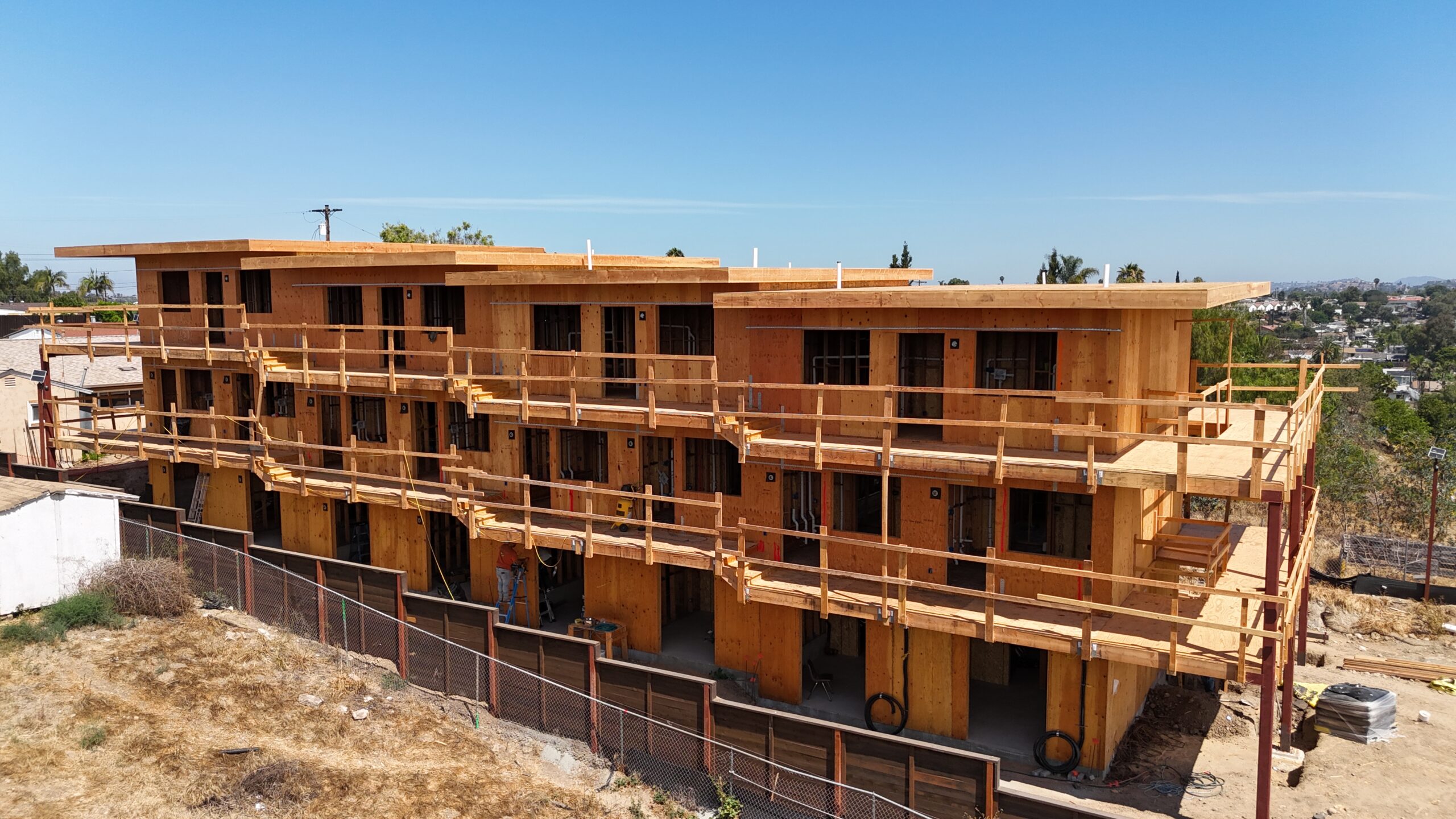tel: 888.868.8467

In real estate investing, choosing the right financing can make or break a deal. Two common options for investors are bridge loans and traditional financing (such as bank or agency loans). While both can help you acquire or refinance a property, they serve very different purposes. Understanding how they work—and when to use each—can help you make smarter, more strategic decisions.
A bridge loan is short-term financing (typically 6 to 24 months) designed to “bridge the gap” until permanent financing or a sale is completed. These loans are asset-based, meaning they focus more on the property’s value and exit plan than the borrower’s income or long-term financial profile.
Traditional financing includes bank loans, credit unions, and agency financing (e.g., Fannie Mae or Freddie Mac). These loans are designed for stabilized properties and come with longer terms—often 5 to 30 years.
Bridge loans are ideal when:
Traditional loans are best when:
The right financing depends on your project’s timeline, property condition, and exit strategy. Bridge loans provide speed and flexibility for transitional phases, while traditional financing offers long-term stability and lower costs. Many investors use both—starting with a bridge loan to secure or reposition a property, then refinancing into permanent debt once the asset is stabilized.
TaliMar Income Fund I offers investors the ability to participate in the rapidly growing demand for private real estate debt. The fund is comprised of a diversified portfolio of short-term loans secured primarily on residential single family and multi-family properties throughout California. The fund manager, TaliMar Financial, was established in 2008 and has successfully funded over $500 million in loans. Investors in the mortgage fund include high net worth investors, family offices, and private equity funds who are seeking consistent monthly income, the security of real estate, and the tax benefits of a mortgage fund structured as a real estate investor trust.
Disclosure: TaliMar Financial, Inc. dba TaliMar Financial, CA DRE License 01889802 / NMLS 337721. For information purposes only and is not a commitment to lend. Programs, rates, terms and conditions are subject to change at any time. Availability dependent upon approved credit and documentation, acceptable appraisal, and market conditions.